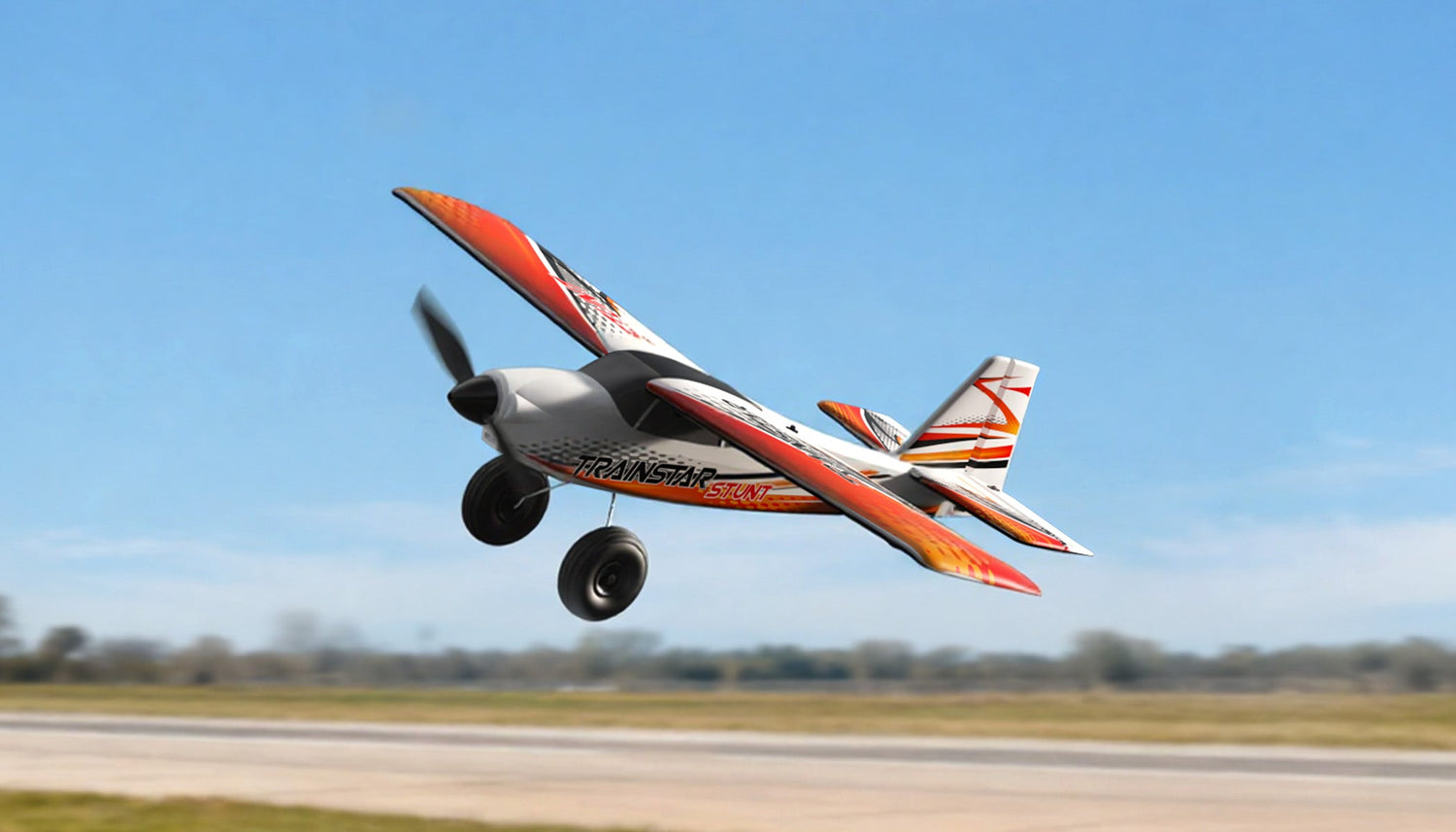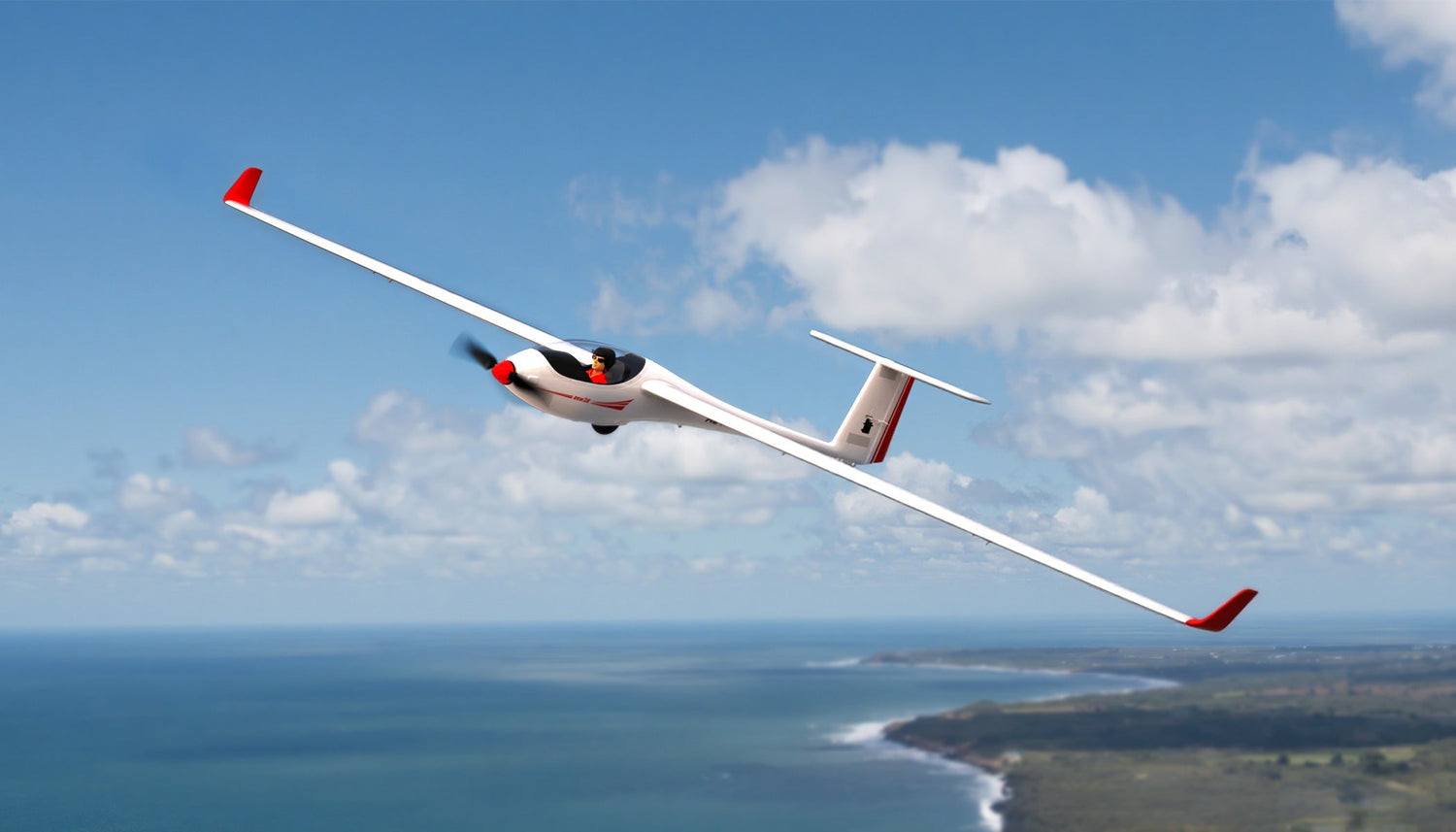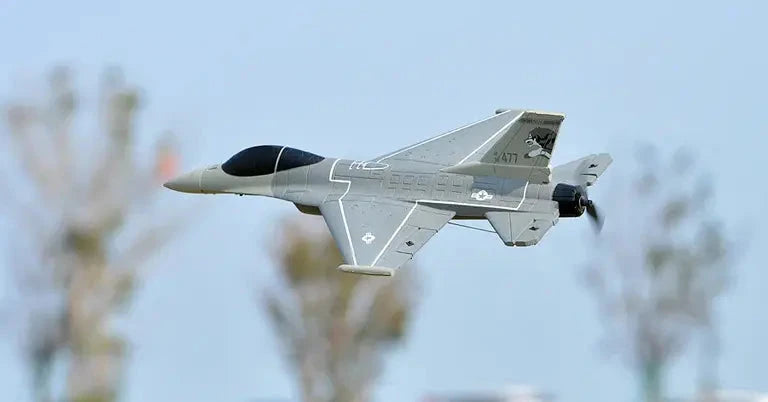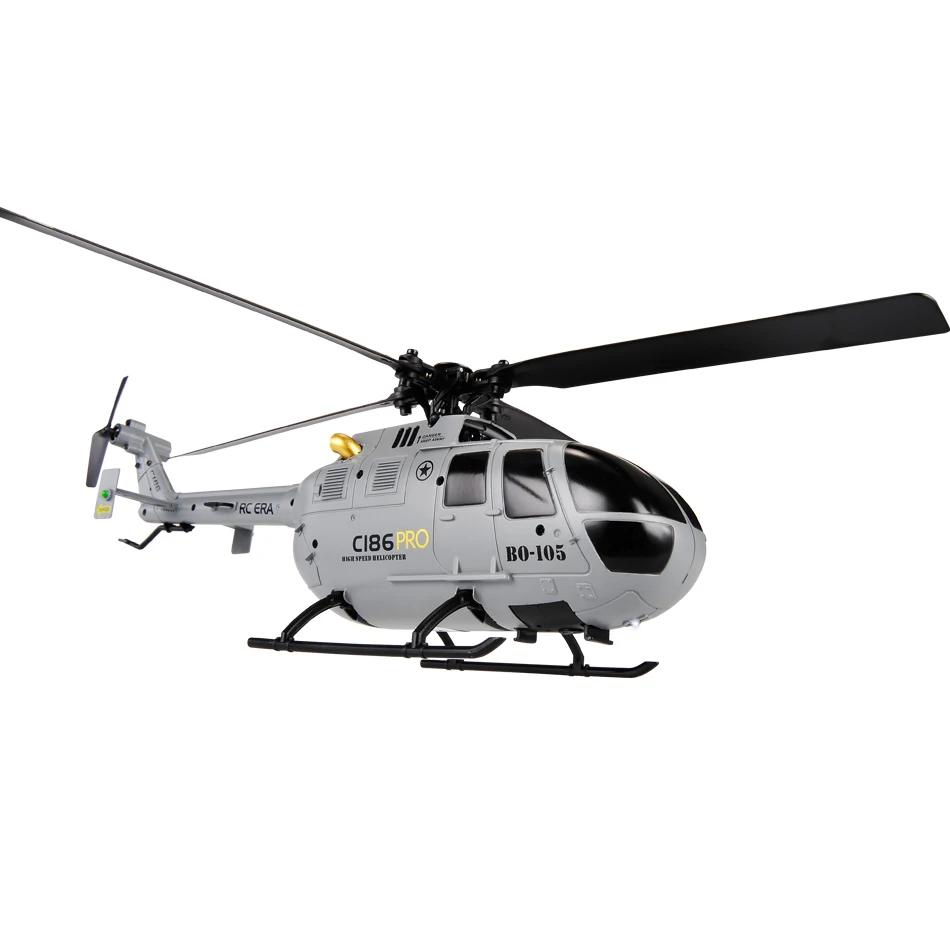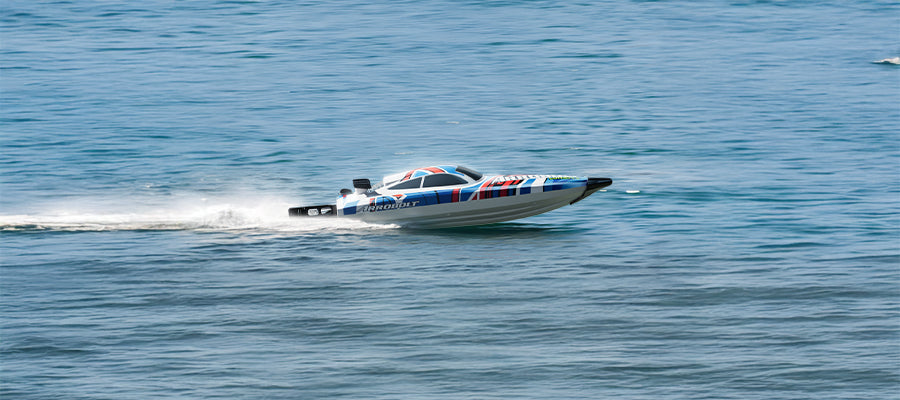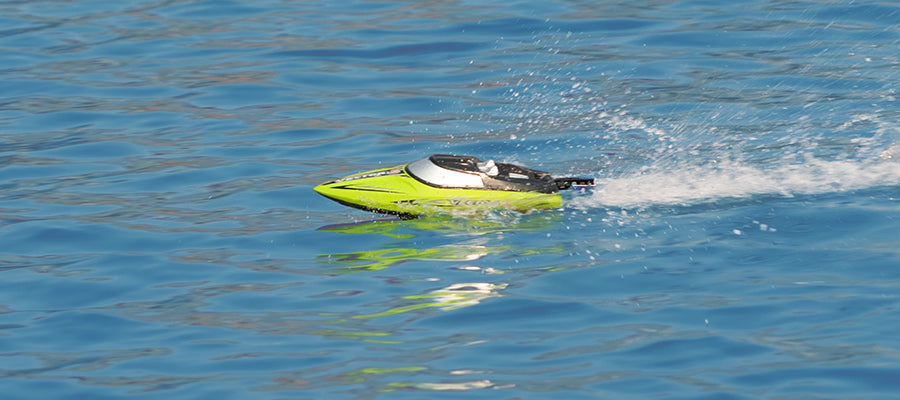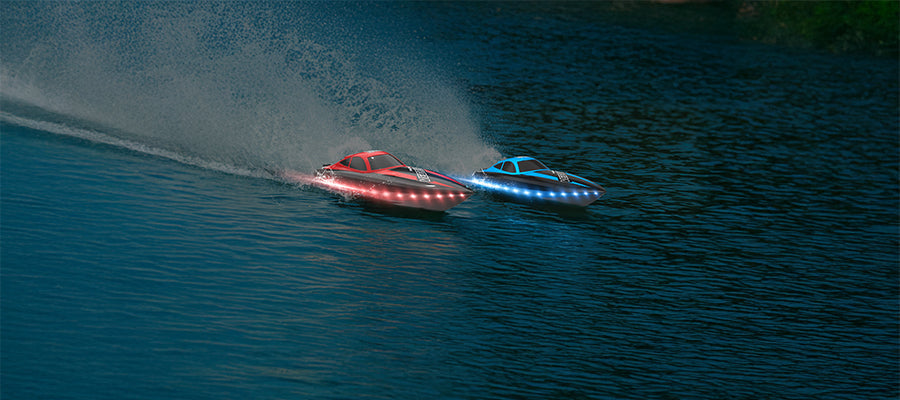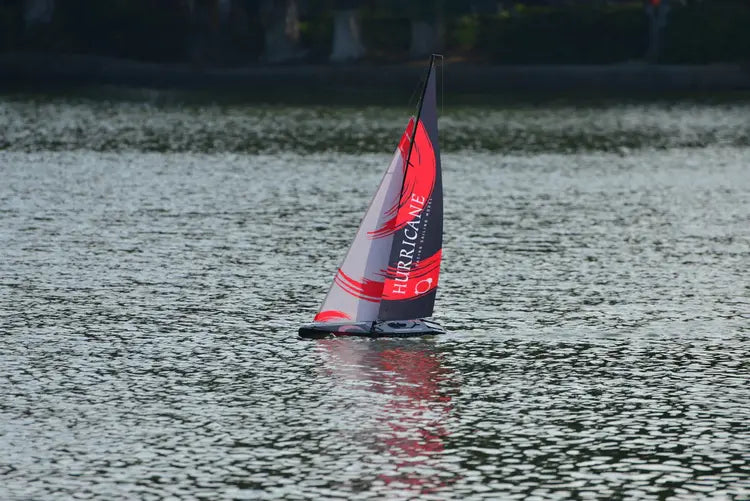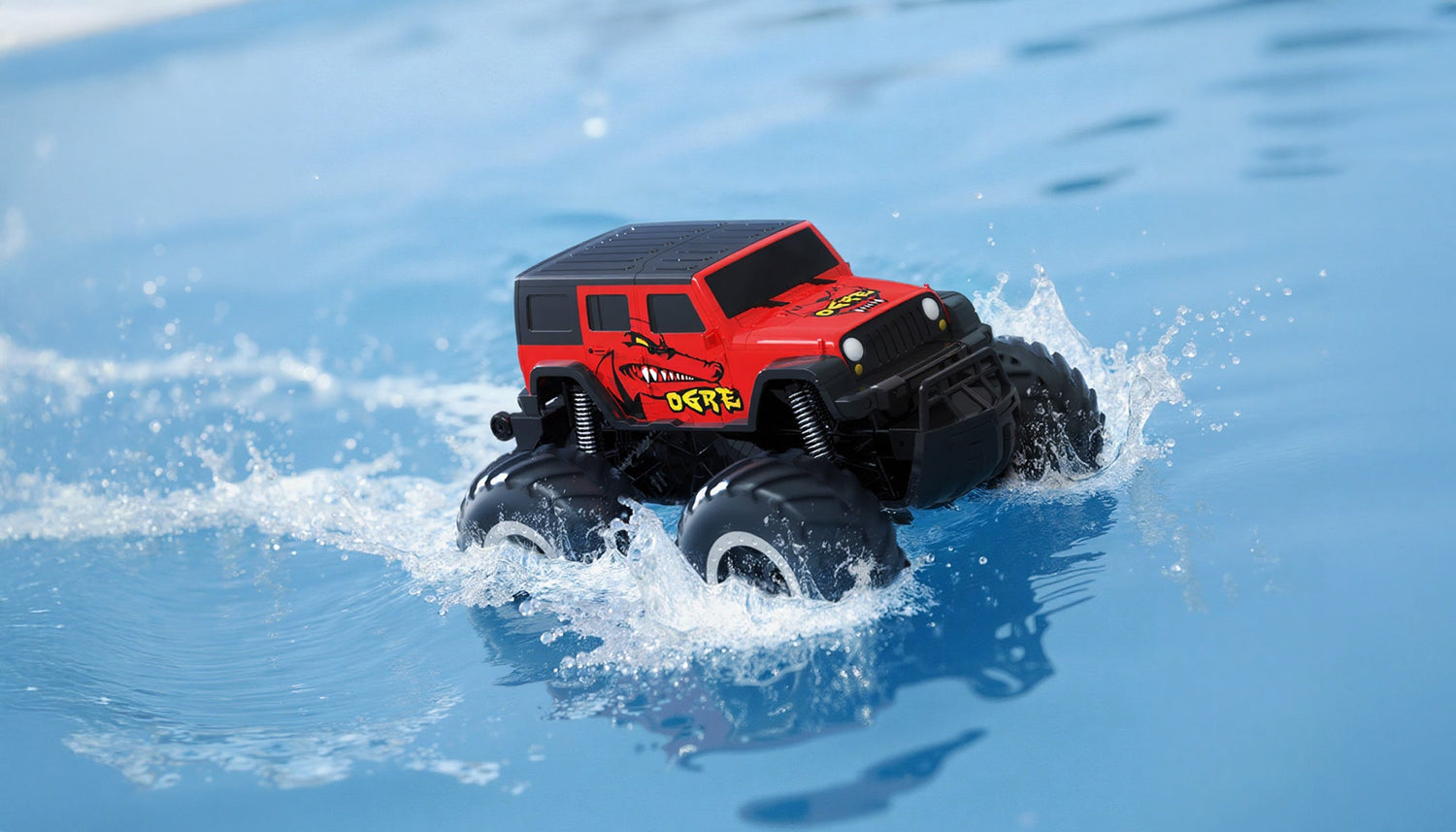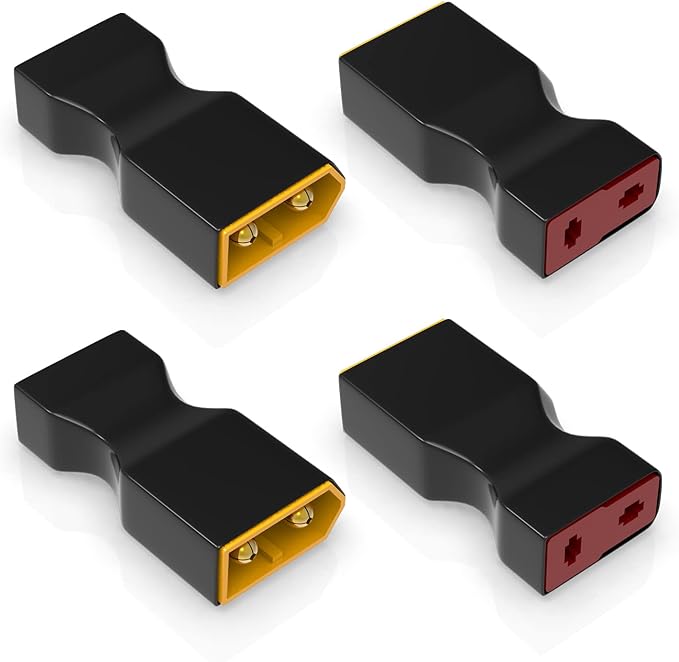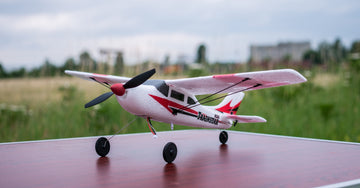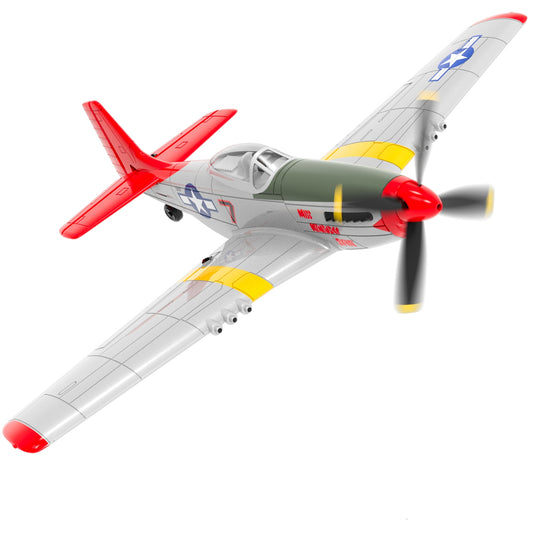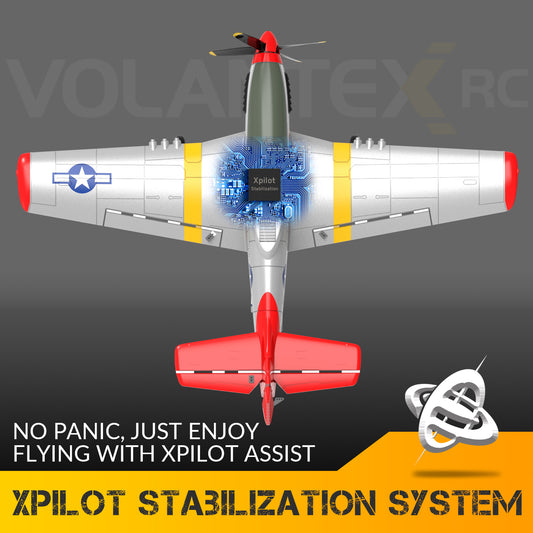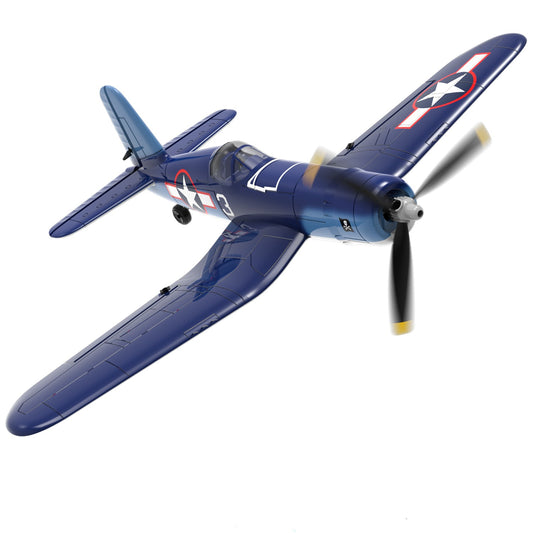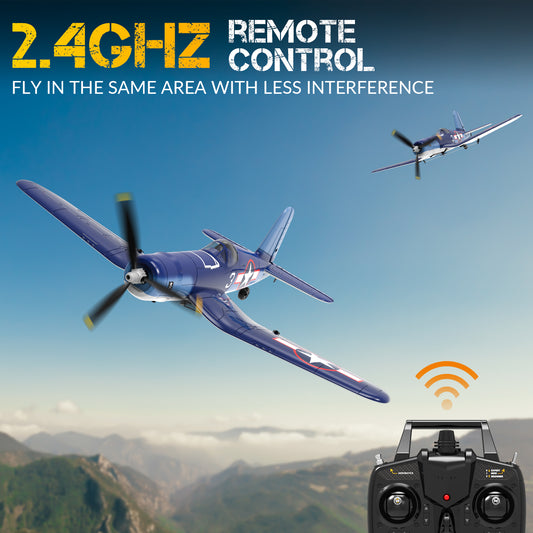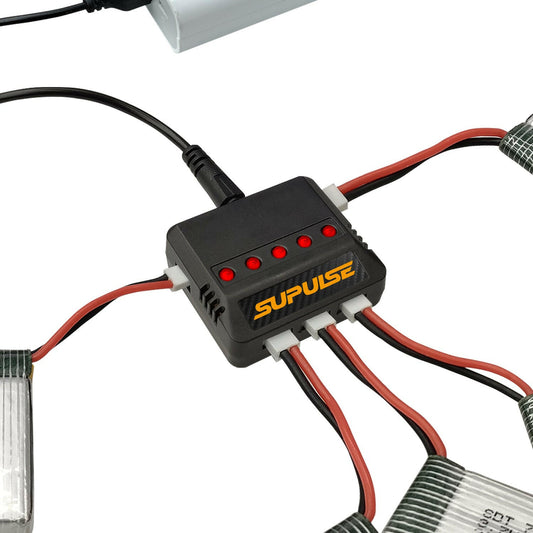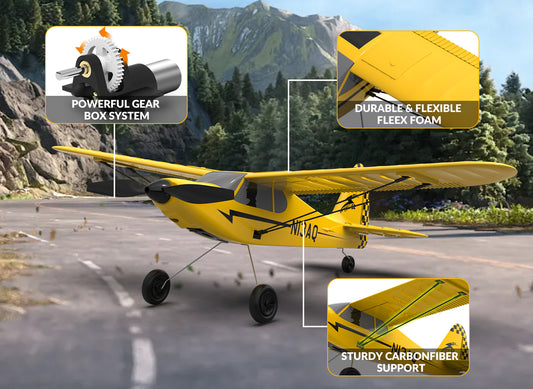Getting started in electric R/C flying can be an extremely fun and rewarding endeavor. That wasn't always the case. If you are new to the hobby and not quite sure how to go about it, here are the Top Five things you should know to help you get started in what can be an incredibly immersive and rewarding hobby.
Number 1: Your First Model Should Be A High Wing Trainer
These days the technological progression in the hobby, including low cost aircraft that are easy to repair and easy to equip with a “gyro” flight stabilizer, make it easier than ever to start flying safely. However, when it comes to starting out, nothing beats learning to fly on a slow and easy high wing trainer. High Wing Trainers (HWT for short) aren't very complex, nor too powerful. Good traits to learn on. And the best part about starting out on a HWT is their inherent stability. These are aircraft that fight stalling at every turn. This gives the beginner room to grow and improve their stick control without the higher risk of stalling while learning to fly.
Those "must-have" jets and warbirds that most flyers eventually gravitate to will be there for you when you are ready. More importantly, the stick time you put in your HWT will eventually carry you over into the next level of skill that will allow you to ultimately fly those sought after aircraft.
This is absolutely a "learn to walk before you run" hobby. Trying to run out of the gate simply leads to a road of frustration and misery.
Check out the Volantex Sport 500 we have classified as trainer.
Number 2: Invest In An R/C Flight Simulator
R/C flight simulators are an incredibly effective training tool and they are loads of fun! If you are looking to get into the hobby do yourself a favor and invest in one of the leading R/C simulators out there (Aerosoft, Real Flight, Phoenix). The investment will pay for itself numerous times over. Flight physics and graphics are so impressive, it quite literally feels like the real thing and the stick time you invest absolutely translates to the real models. And the best part is it is always sunny and calm conditions in the simulator!
Number 3: Seek Help From An Experienced R/C Pilot
If you have a local flying club in your area it would be a great idea to go check it out and see if you can find someone experienced who can help you learn to fly. Most R/C pilots are happy to help newcomers. A great way to learn is via "Buddy Box" where the instructor's radio is linked to your radio, so you can learn to fly while having the safety net of your instructor taking over if you get into trouble.
Number 4: Join A R/C Flying Forum Community
R/C flyers are a tight-knit community. Most folks are only happy to share their knowledge and experience. This is invaluable information when starting out in the hobby. Think of it like having insider access 24/7 to experts in your hobby. The information and help I have received in all my years of flying from visiting R/C flying forum communities is immeasurable.
Number 5: Join an AMA Club
Joining the AMA comes with several benefits for the model aircraft flyer. The AMA is the Academy of Model Aeronautics. From the AMA website:
It is the world's largest model aviation association, representing a membership of more than 195,000 from every walk of life, income level and age group.
Self-supporting, non-profit organization whose purpose is to promote development of model aviation as a recognized sport and worthwhile recreation activity.
Organization open to anyone interested in model aviation.
Official national body for model aviation in the United States. AMA sanctions more than 2,000 model competitions throughout the country each year, and certifies official model flying records on a national and international level.
Organizer of the annual National Aeromodeling Championships, the world's largest model airplane competition.
Chartering organization for more than 2,500 model airplane clubs across the country. AMA offers its chartered clubs official contest sanction, insurance, and assistance in getting and keeping flying sites.
The voice of its membership, providing liaison with the Federal Aviation Administration, the Federal Communications Commission, and other government agencies through our national headquarters in Muncie, Indiana. AMA also works with local governments, zoning boards, and parks departments to promote the interests of local chartered clubs.


